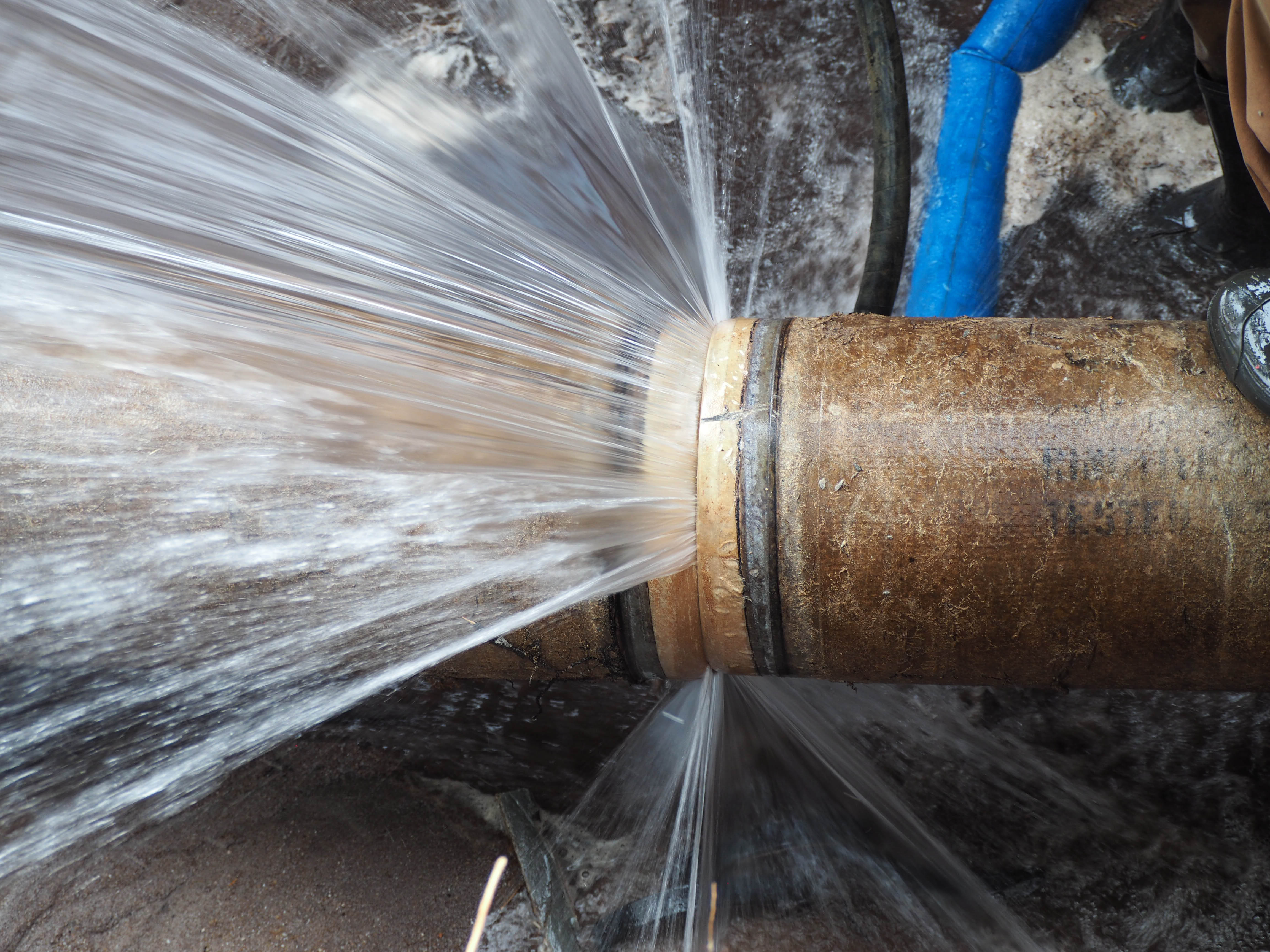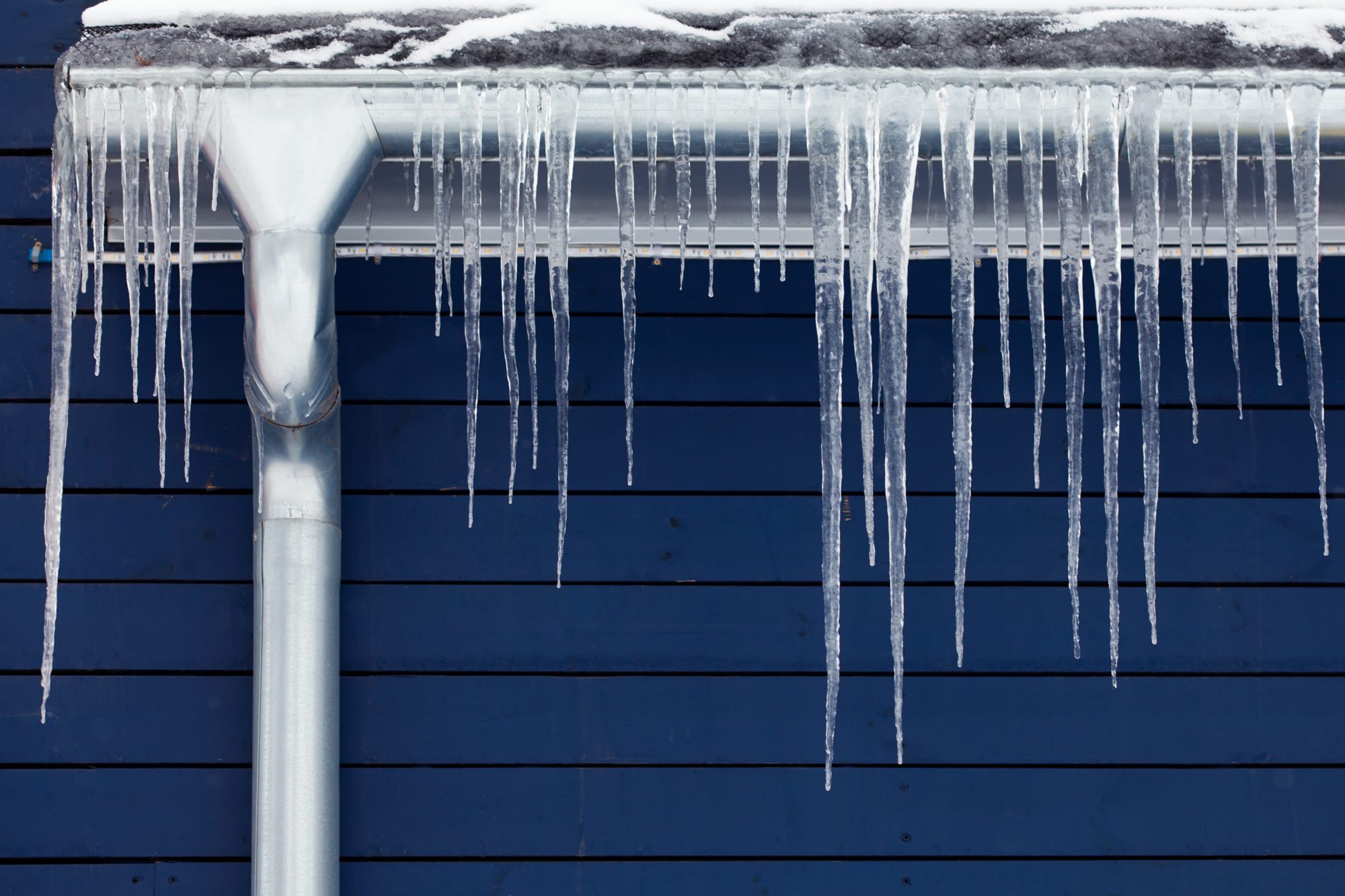Ways to Prevent Frozen Pipes in Cold Weather: Expert Guidance
Ways to Prevent Frozen Pipes in Cold Weather: Expert Guidance
Blog Article
This article below pertaining to How To Avoid Freezing Pipes is truly interesting. You should investigate for yourself.

Cold weather can ruin your pipes, particularly by freezing pipes. Below's just how to prevent it from occurring and what to do if it does.
Introduction
As temperatures drop, the risk of frozen pipes rises, possibly resulting in costly repair work and water damage. Comprehending how to avoid frozen pipes is essential for property owners in cold environments.
Avoidance Tips
Protecting susceptible pipes
Wrap pipes in insulation sleeves or make use of warmth tape to shield them from freezing temperature levels. Focus on pipes in unheated or exterior locations of the home.
Home heating strategies
Keep interior spaces adequately warmed, particularly areas with plumbing. Open up cupboard doors to enable cozy air to circulate around pipes under sinks.
Exactly how to identify frozen pipelines
Try to find lowered water circulation from faucets, uncommon odors or sounds from pipelines, and noticeable frost on revealed pipes.
Long-Term Solutions
Structural modifications
Consider rerouting pipes away from outside walls or unheated areas. Include added insulation to attic rooms, cellars, and crawl spaces.
Updating insulation
Buy top quality insulation for pipes, attics, and walls. Proper insulation helps keep regular temperature levels and minimizes the risk of icy pipelines.
Securing Outdoor Pipes
Yard hose pipes and exterior faucets
Disconnect and drain pipes garden pipes before winter months. Set up frost-proof faucets or cover outside taps with protected caps.
Understanding Icy Pipes
What creates pipes to freeze?
Pipelines ice up when subjected to temperature levels listed below 32 ° F (0 ° C) for extended durations. As water inside the pipes ices up, it expands, putting pressure on the pipe wall surfaces and possibly causing them to break.
Dangers and problems
Icy pipelines can lead to water system disruptions, residential property damage, and costly repair services. Burst pipelines can flooding homes and create comprehensive structural damage.
Indications of Frozen Water Lines
Recognizing icy pipelines early can avoid them from rupturing.
What to Do If Your Pipelines Freeze
Immediate actions to take
If you believe icy pipelines, maintain taps open up to relieve pressure as the ice melts. Use a hairdryer or towels taken in warm water to thaw pipelines slowly.
Conclusion
Preventing icy pipes calls for aggressive steps and fast reactions. By understanding the reasons, indicators, and preventive measures, home owners can safeguard their plumbing throughout winter.
Helpful Tips to Prevent Frozen Pipes this Winter
UNDERSTANDING THE BASICS: WHY PIPES FREEZE AND WHY IT’S A PROBLEM
Water freezing inside pipes is common during the winter months, but understanding why pipes freeze, and the potential problems it can cause is crucial in preventing such incidents. This section will delve into the basics of why pipes freeze and the associated problems that may arise.
THE SCIENCE BEHIND FROZEN PIPES
When water reaches freezing temperatures, it undergoes a physical transformation and solidifies into ice. This expansion of water as it freezes is the primary reason pipes can burst. As the water inside the pipe freezes, it expands, creating immense pressure on the walls. If the pressure becomes too great, the pipe can crack or rupture, leading to leaks and water damage.
FACTORS THAT CONTRIBUTE TO PIPE FREEZING
Low Temperatures: Extremely cold weather, especially below freezing, increases the risk of pipes freezing. Uninsulated or Poorly Insulated Pipes: Pipes located in unheated areas, such as basements, crawl spaces, or attics, are more prone to freezing. Insufficient insulation or lack of insulation altogether exacerbates the problem. Exterior Wall Exposure: Pipes running along exterior walls are susceptible to freezing as they encounter colder temperatures outside. Lack of Heating or Temperature Regulation: Inadequate heating or inconsistent temperature control in your home can contribute to frozen pipes. PROBLEMS CAUSED BY FROZEN PIPES
- Pipe Bursting: As mentioned earlier, the expansion of water as it freezes can cause pipes to burst, resulting in significant water damage.
- Water Damage: When pipes burst, it can lead to flooding and water damage to your property, including walls, ceilings, flooring, and personal belongings.
- Structural Damage: Prolonged exposure to water from burst pipes can compromise the structural integrity of your home, leading to costly repairs.
- Mold and Mildew Growth: Excess moisture from water damage can create a favorable environment for mold and mildew growth, posing health risks to occupants.
- Disrupted Water Supply: Frozen pipes can also result in a complete or partial loss of water supply until the issue is resolved.
WHY CERTAIN PIPES ARE MORE PRONE TO FREEZING
- Location: Pipes located in unheated or poorly insulated areas, such as basements, crawl spaces, attics, or exterior walls, are at higher risk of freezing.
- Exterior Pipes: Outdoor pipes, such as those used for irrigation or exposed plumbing, are particularly vulnerable to freezing as they are directly exposed to the elements.
- Supply Lines: Pipes that carry water from the main water supply into your home, including the main water line, are critical to protect as freezing in these lines can affect your entire plumbing system.
- Underground Pipes: Pipes buried underground, such as those connected to sprinkler systems or outdoor faucets, can be susceptible to freezing if not properly insulated.
https://busybusy.com/blog/helpful-tips-to-prevent-frozen-pipes-this-winter/

As a serious person who reads on Preventing and dealing with frozen pipes, I assumed sharing that piece of content was essential. Sharing is caring. Who knows, you may very well be doing someone a favor. Thank-you for your time spent reading it.
Book Now Report this page